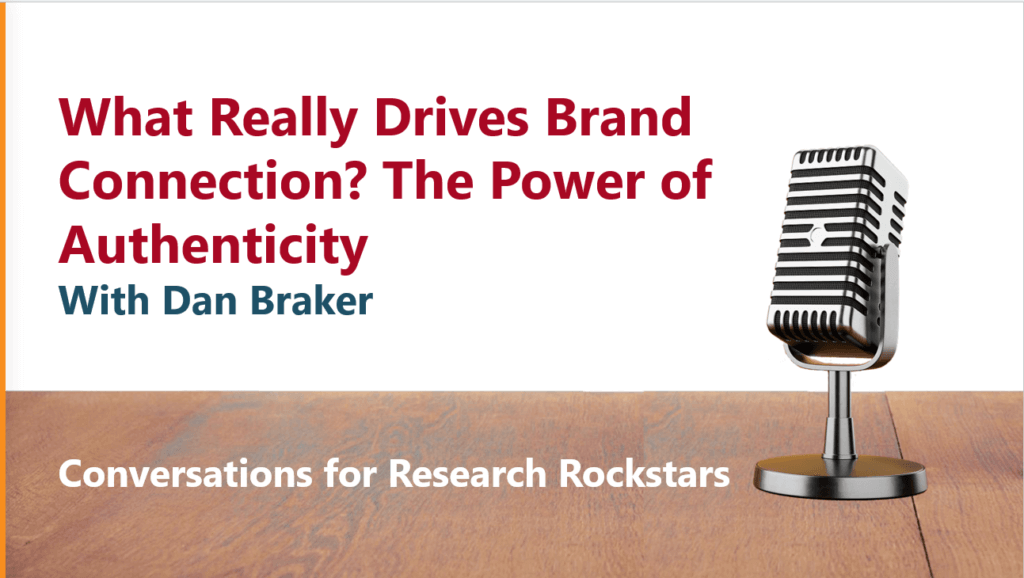Imagine it’s Friday evening. You’ve been scrambling all week, and you’ve decided to unwind with a nice dinner out. The fellow at the desk next to yours has been raving about this new bistro in town—the best steak, perfect wine, and dessert to die for. So you decide to treat yourself, and…
The hostess is rude, the salad limp, the wine warm and the steak unrecognizable. What are the chances you’ll be going back there again? How likely are you to take future restaurant tips from the guy who set you up? Might you even tell a few friends about your horrid experience?
Yes, this has something to do with market research. Or, to be precise, surveys. When bad surveys are circulated, the company that sent them out becomes less trusted. The “consumer” becomes an unhappy customer, and may even tell others about their bad experience—with surveys in general or with the specific company.
WRITING GREAT SURVEYS IS IMPORTANT TO EVERYONE
Anybody who’s had a bad survey experience is likely to have a tainted perception of the process, and that can come out in a number of ways:
- Participation: They may be less likely to take surveys in the future.
- Attitude: They might spread negative word of mouth about the company that sent the survey or about market research as a whole.
- Skepticism: They may be skeptical the next time they see market research results.
- Investment. If they are business professionals, they may be less supportive of their organization’s investments in market research because they just don’t trust the process.
BEING A GOOD CITIZEN
As good citizens of the market research community, we have an obligation to make sure the questionnaires our organizations are distributing are impeccable. Even those coming from the well-intentioned but usually untrained DIYers. The challenge for many managers is the huge number of colleagues now using low-cost tools for creating surveys. An opportunity, yes. But without proper training and oversight, the chance of creating a bad survey is greater than ever. Here are some low-cost options to help avoid that:
- Examples – Provide a template library of commonly used, approved questions. Demographic questions at minimum, so that your colleagues will be collecting consistent profiling information but avoiding questions that may be too intrusive, or too vague to be useful.
- References – There are some great books out there. The “Handbook of Marketing Scales” by Bearden, Netemeyer and Haws (Sage Publications, 2011) is one favorite. A little technical, but absolutely readable to anyone willing to make an effort.
- Quality Assurance – Appoint one or two people as the Survey Q&A Reviewers, and give them the responsibility (and authority) of sanity-checking any surveys before going live (especially those being sent to your valued customers). Make sure this role is publicized and endorsed by managers.
- Keep it simple – There are a lot of tools out there, and while it might seem counterintuitive, sometimes you’re better off limiting the choices. Instead of many different question types, limit it to a handful (say, multiple and single choice, and Likert scales) to keep the surveys manageable, and therefore less prone to design abuse.
- Training – Basic skills are important. Start with new employee orientation materials and train your workforce. I’m a little biased here since Research Rockstar is an online training company, but there are also others that offer seminars and webinars, including the MRA, Burke Institute and ESOMAR.
SURVEY QUALITY IS CRITICAL
Survey quality is important to those who create them, those who take them and those who depend on their results. It’s in everyone’s best interest to assure that what the public sees reflects the quality and professionalism of the market research industry. As I’ve mentioned in other blogs, having a few good policies is a great place to start. And it might just earn you a nice dinner out come Friday, too.
[Planning to write a questionnaire? Check out a preview of Research Rockstar’s questionnaire design process class.]











